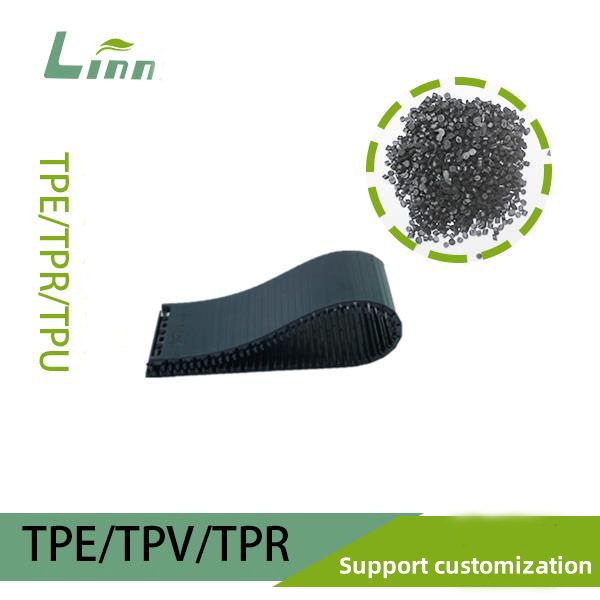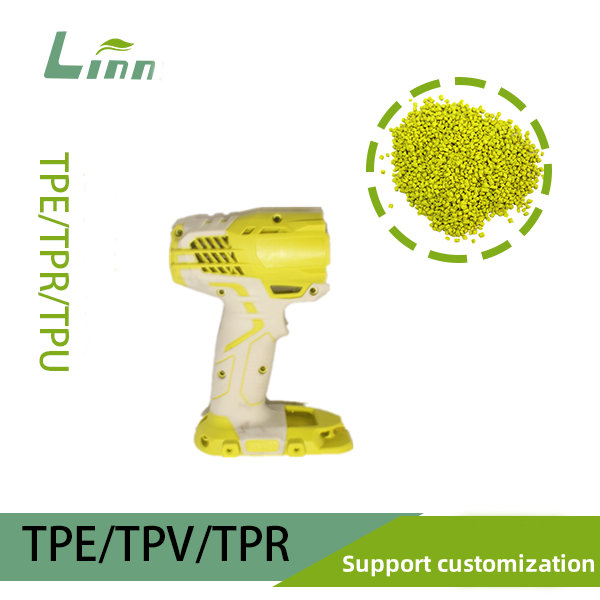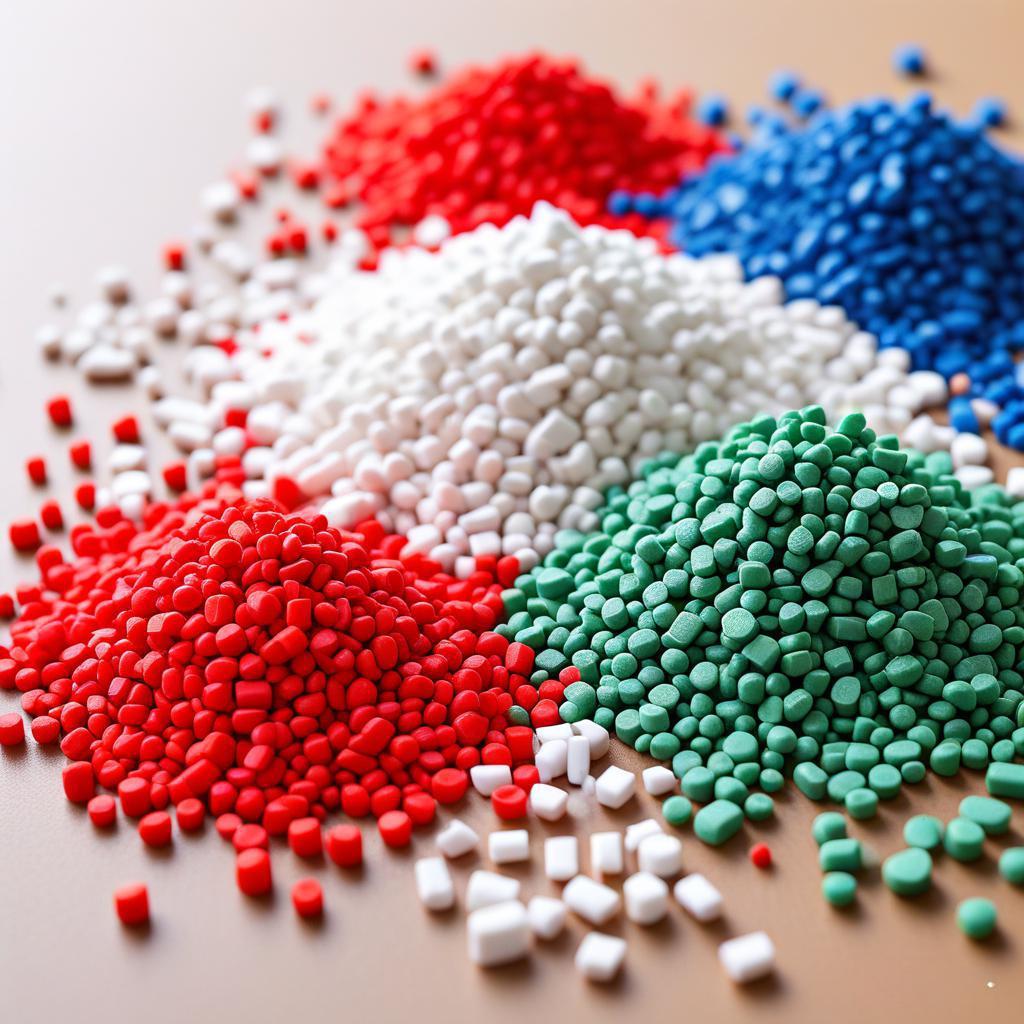With 27 years spent knee-deep in polymer extrusion lines, rubber curing presses, and TPE compounding labs across Asia, Europe, and North America, I have answered this exact question in boardrooms, factory floors, and trade shows more times than I can count. I started in 1998 calibrating two-roll mills for natural rubber sheets in a Malaysian glove plant, then crossed into TPE in 2003 when a major automotive client demanded recyclable soft-touch seals. Since then, I have formulated over 400 TPE grades, led ISO 13485 compliance for medical tubing, and consulted for brands from Nike to Bosch on material substitution. The confusion between TPE and rubber is not just academic; it drives million-dollar decisions on tooling, recycling, and performance. This guide cuts through the myths with chemical facts, processing realities, and field data to deliver a definitive answer.

Defining the Core Question: TPE vs Rubber
At first glance, both TPE and rubber stretch, snap back, and feel soft. Both mold into grips, seals, and tires. Yet one melts in an injection barrel while the other cures irreversibly in a vulcanizer. The key distinction lies in molecular architecture and processing behavior. Rubber is a thermoset network of cross-linked chains; TPE is a thermoplastic block copolymer that flows when heated. This single difference cascades into every property, cost, and application decision.
Chemical Structure: Why TPE Is Not Cross-Linked Rubber
Traditional rubber, natural (NR) or synthetic (SBR, EPDM, NBR), consists of long polymer chains permanently linked by sulfur, peroxide, or metal oxide bridges during vulcanization. Once cured, the network cannot be melted; heat degrades it. TPE, primarily SEBS, SBS, TPV, or TPO, uses physical cross-links: hard polystyrene domains anchor soft polyolefin midblocks in a sea of oil. At room temperature, these domains act like vulcanization points; above 80°C, they soften, allowing flow.
Table 1: Molecular Bonding Comparison
| Material | Bond Type | Reversible? | Melting Behavior |
|---|---|---|---|
| NR | Covalent (S-S) | No | Degrades >180°C |
| EPDM | Covalent (peroxide) | No | Chars >200°C |
| SEBS TPE | Physical (PS domains) | Yes | Flows 160-220°C |
| TPV | Partial covalent + physical | Partial | Limited flow >220°C |
Processing: Injection Molding vs Vulcanization
Rubber demands compression molding, transfer molding, or autoclave curing with precise time-temperature-pressure cycles. Scrap cannot be reground. TPE runs on standard injection machines at 180-220°C, 30-90 second cycles, and 100% regrind is routine. A single TPE barrel produces 500 parts/hour; a rubber press might yield 80. Energy use? TPE wins by 60-70% per kg.
Real-world shift: A European automotive tier-1 replaced EPDM window seals with SEBS TPE in 2019. Tooling cost dropped 40%, cycle time from 180 s to 45 s, and zero curing ovens needed.
Mechanical Performance: Elasticity, Compression Set, Tension Set
Both achieve 300-800% elongation, but recovery mechanisms differ. Rubber recovers via entropic spring of cross-linked chains; TPE via phase-separated domains pulling oil-swollen midblocks. At 23°C, differences are minor; at 80°C, rubber holds set under load while TPE creeps.
Table 2: Compression Set (ASTM D395, 22h)
| Material | 23°C Set (%) | 70°C Set (%) | 100°C Set (%) |
|---|---|---|---|
| NR | 12 | 25 | 55 |
| EPDM | 15 | 28 | 60 |
| SEBS 50A | 18 | 35 | 75 |
| TPV 70A | 20 | 30 | 45 |
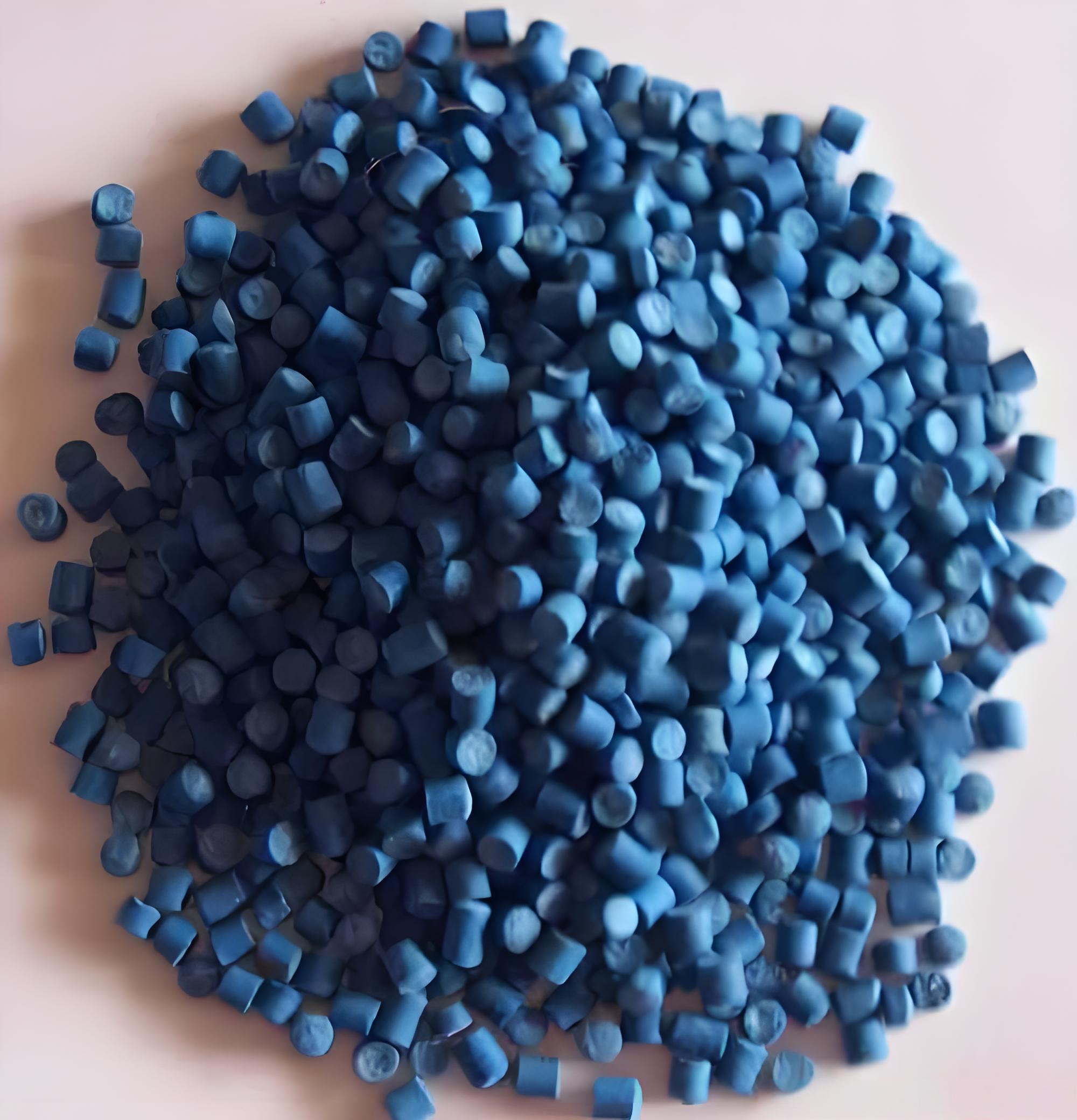
Temperature Range: Where Each Shines
Rubber wins extremes:
NR: -50°C to 100°C
Silicone: -100°C to 250°C
FKM: -20°C to 300°C
TPE operates -50°C to 130°C (SEBS), with TPV pushing 150°C. Above 80°C, polystyrene domains soften, dropping modulus 90%. Cold? TPE stiffens but rarely cracks; rubber embrittles without plasticizers.
Chemical and Environmental Resistance
Rubber chemistry is tunable:
NBR resists oils
EPDM resists ozone and UV
FKM resists solvents
TPE base is polyolefinic, so:
Excellent water and dilute acid resistance
Poor aromatic solvent and oil swell (SEBS swells 50% in toluene)
UV stable only with HALS and carbon black
Table 3: Fluid Swell (ASTM D471, 70h @ 23°C)
| Material | Water (%) | ASTM Oil 3 (%) | Toluene (%) |
|---|---|---|---|
| NR | 2 | 80 | 120 |
| NBR | 1 | 15 | 40 |
| EPDM | 3 | 60 | 100 |
| SEBS | 1 | 40 | 80 |
| TPV | 2 | 20 | 50 |
Rubber recycling is devulcanization (energy-intensive, low yield) or grinding into crumbs. TPE? Melt, filter, pelletize—closed loop with zero quality loss up to 5 regrinds. A 2023 lifecycle study showed TPE seals emit 40% less CO₂ than EPDM over 10 years, factoring recyclability.
Cost Structure: Material, Tooling, Labor
Raw rubber: $1.5-3/kg. TPE: $2.5-6/kg. But factor in:
Tooling: Rubber molds $50k+, TPE $15k
Cycle time: Rubber 3-5 min, TPE 30-60 s
Scrap rate: Rubber 5-10%, TPE <1%
Labor: Rubber needs curing press operators; TPE runs automated
Net: TPE wins 20-50% lower part cost at >50k volume.
Regulatory and Certification Landscape
Both pass:
FDA (food contact)
USP Class VI (medical)
REACH / RoHS
But rubber often needs post-cure to remove accelerators; TPE is clean by design. A medical catheter client switched from silicone rubber to TPE in 2021, eliminating 48-hour post-bake and cutting lead time 70%.
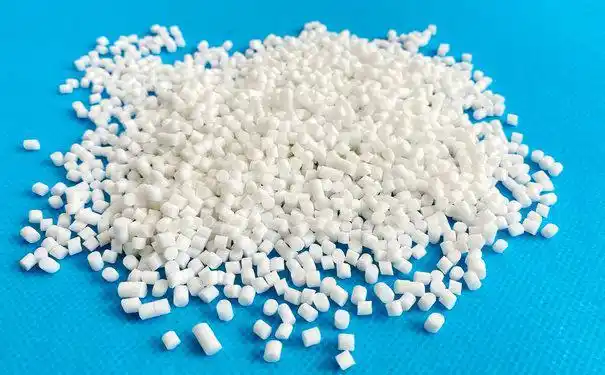
Haptic and Aesthetic Properties
TPE excels in soft-touch, overmolding onto PP/ABS/PC, and colorability. Rubber needs adhesives or mechanical interlocks. TPE achieves Shore 00-20 to 90A in one material family; rubber spans similar but with separate compounds.
Application Map: Where Each Dominates
| Application | Preferred Material | Reason |
|---|---|---|
| Tire tread | NR/SBR | Abrasion, heat build-up |
| O-rings | NBR/FKM | Oil resistance, compression set |
| Window seals | EPDM or TPV | Weathering vs cost |
| Phone case | TPE | Overmold, recycle, speed |
| Medical tubing | TPE or Silicone | Clarity, sterilization |
| Vibration mounts | NR or TPE | Damping vs temperature |
TPV (thermoplastic vulcanizate) blends cured EPDM particles in PP—best of both: rubber-like set, plastic flow. TPE + rubber co-mold combines TPE overmold on rubber core for complex seals.
Performance Under Dynamic Load
Fatigue life: Rubber wins at high strain (>300%) due to strain-induced crystallization (NR). TPE excels at low strain (<100%) and high frequency. A 2022 damper study showed TPE lasting 1M cycles at 50 Hz vs rubber failing at 800k.
Aging and Long-Term Stability
Rubber hardens via oxidation and ozone cracking. TPE ages via oil loss and PS domain coalescence. Proper stabilization (HALS, AO) gives TPE 10+ years outdoors; EPDM needs carbon black.
Table 4: Outdoor Aging (Florida, 5 years)
| Material | Hardness Change | Cracking | Color Fade |
|---|---|---|---|
| EPDM | +8 | None | Minor |
| SEBS TPE | +12 | Surface | Severe (no UV) |
| SEBS + UV | +5 | None | Minor |
TPE enables multi-shot molding, insert molding, and in-mold labeling. Rubber limits to single-cavity cures. A consumer electronics brand launched a TPE-sealed smartwatch in 3 months vs 9 for silicone.
Conclusion: TPE Is an Elastomer, Not a Rubber
TPE is a thermoplastic elastomer—it delivers rubber-like elasticity via reversible physical bonds, not irreversible chemical cross-links. It processes like plastic, recycles infinitely, and costs less at scale, but sacrifices high-temperature set and fluid resistance. Rubber remains king for extreme durability and chemical inertness. Choose based on temperature, fluid exposure, volume, and sustainability goals. In modern design, TPE is not a rubber replacement; it is a complementary evolution.
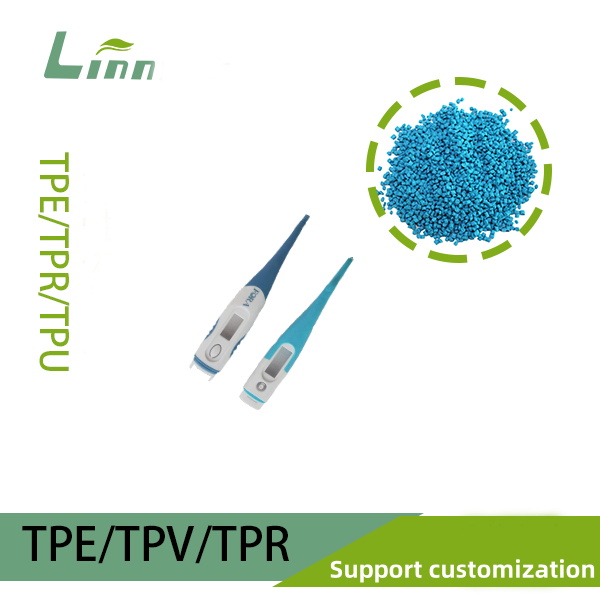
Frequently Asked Questions
Can TPE replace rubber in all applications? No. TPE fails above 130°C continuous or in aggressive oils. Use TPV or rubber there.
Is TPE considered a plastic or rubber in recycling codes? TPE falls under resin code 7 (Other) or specific olefin codes if TPO. Not grouped with vulcanized rubber.
Does TPE smell like rubber? No. TPE is odorless if low-VOC oils used. Rubber carries sulfur or accelerator scents.
Can I vulcanize TPE to make it like rubber? No. Cross-linking destroys thermoplasticity. Use TPV for partial cure.
Why do some TPE parts feel sticky like rubber? Oil migration. Reformulate with high-MW plasticizers.
Is silicone a TPE? No. Silicone is thermoset rubber, despite soft feel.
Which is better for baby pacifiers: TPE or silicone? Both pass FDA. Silicone wins heat sterilization; TPE wins cost and molding.
Does TPE yellow like rubber? Less if stabilized. SEBS resists better than SBS.
Can TPE be 3D printed like rubber? Yes. TPE filaments achieve 500% elongation vs limited rubber options.
Is TPE biodegradable? Standard TPE is not. Bio-based TPE (e.g., from sugarcane) degrades in industrial compost.

